The journey toward health equity can, at times, feel endless. But it can also be exciting and inspiring. Scientific American asked some of the researchers, physicians, advocates, and others working on health equity what they are most hopeful about. Each had numerous concerns but also reasons for optimism. They pointed to progress in widening access to health care, making science more inclusive, and reducing the health burden of systemic racism and other biases. They are also emboldened by the energy and enthusiasm of their colleagues working to advance health equity.
“Any level of justice work has to be rooted in a context of hope, right?” says Aletha Maybank, chief health equity officer at the American Medical Association. “A hope and faith that we will all be able to have an experience of optimal health.”
Madhukar Pai
Chair, Epidemiology and Global Health, McGill University
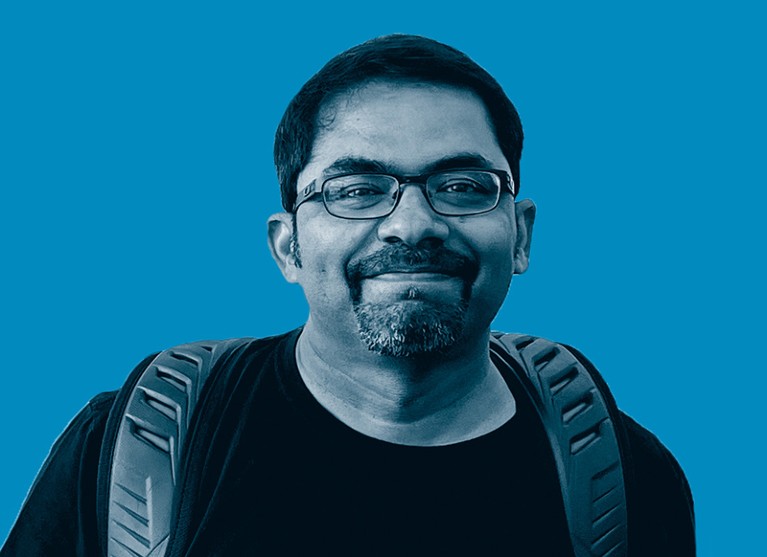
Credit: Courtesy of Pai Madhu
My biggest source of hope is young people. It’s the youngest people who are shining a clear light on why climate change is devastating and why leaders are not acting on what has been obvious for many years. It’s the youngest people who are doing great work in the U.S. on gun control, even as they’re getting slaughtered in schools. It’s the young people who are alarmed about the rollback of reproductive rights in the U.S., in Afghanistan, you name it.
I feel like their moral clarity is the clearest because, unlike older people who already bought into something or were worried about their next paycheck or position or winning awards, young people are devastatingly clear in terms of what’s wrong. Their problem statements are spectacularly accurate and on point, and so they give me a huge amount of hope. That’s partly why I still teach global health to young people.
Just fanning their energy, their passion, might well be the biggest source of hope for all of humankind. But we need to go beyond that because although their diagnosis is perfect, their ability to act is limited. They’re not in power; they often are not voting. They’re usually given two minutes to speak at the front end of the meeting and shown out of the door while the adults are making big decisions. So how do we potentiate them to go beyond just sound bites or nice photo ops to action and give them empowered ways of doing things?
Seye Abimbola
Associate Professor, Health Systems, University of Sydney
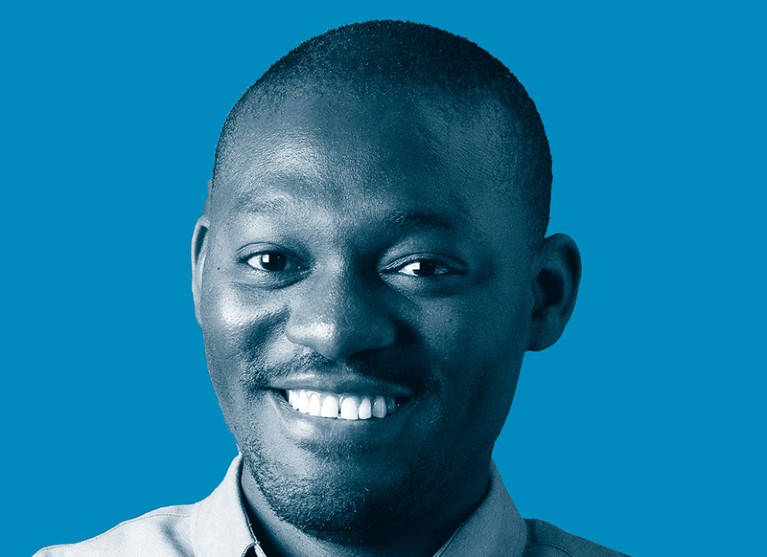
Credit: University of Sydney
One of the things about which I’m hopeful is a growing confidence and restlessness and disquiet from global health professionals and academics from and in the Global South about how the field itself works and needs to change. Historically the field was premised on this idea that the West—or the Global North, as we refer to it today—has a right and a duty to impose itself on the rest of the world.
For example, if someone wanted to do a study in Nigeria and the people who are going to lead it come from London, they would rely on a lot of the infrastructure in Nigeria but disregard that the local collaborators know anything. Then they go home and write this paper and publish it in the BMJ or in the Lancet. Now, for me, what I think has changed, what I see changing more and more, is the pushback on that. That’s just the tip of the iceberg. But that physically measurable, countable phenomenon of partnership research sits on a whole bed of assumptions and normalized practices that we took from the colonial experience.
Rachel Hardeman
Director, Center for Antiracism Research for Health Equity, University of Minnesota School of Public Health
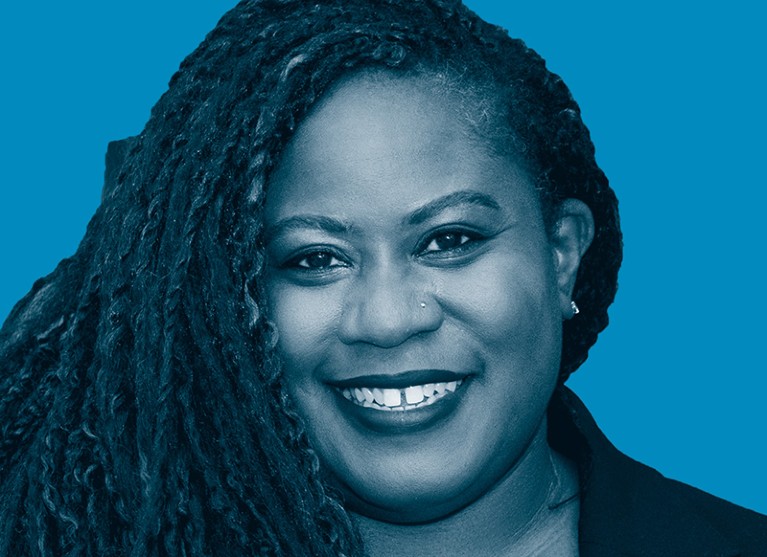
Credit: Chris Cooper/University of Minnesota School of Public Health
One of the things that gives me hope is the work that I’m doing, along with many other incredibly brilliant scholars across the country, around measuring racism. In my work and within our research center, we have to be able to make the invisible visible. Racism is so often passed off as this insidious thing that is baked into the system, and it’s so hard to identify, especially when it’s not an explicit interaction with someone.
In a lot of my work and in what I’m seeing across the country with other scholars—incredibly brilliant Black scholars in particular—is an investment and interest in figuring out how we leverage data to measure structural and other forms of racism and then how to use that to inform policy change. We’re coalescing around the need to understand that health policy and social policy go hand in hand. We can’t, for example, talk about historical redlining and racial covenants and birth outcomes in those communities without having the data, without understanding the history as well as what’s happening currently. And then using that to inform housing policy just as much as we might use that evidence to inform health policy.
Wafaa El-Sadr
Director, Global Health Initiative, Columbia University mailman school of public health
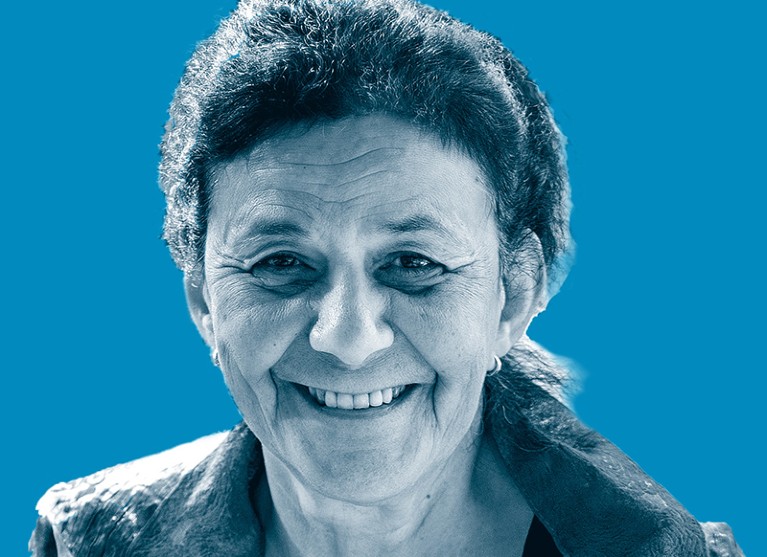
Credit: Hugh Siegel/ICAP at Columbia University
When I think back to what things looked like 25 years ago, compared with today, it’s night and day. Investments in health systems, largely driven by the HIV epidemic, have borne fruit in amazing ways. No services were available, or those that did exist were fractured. There were no resources; there was no access to medicines or lab tests. It’s just been an enormous transformation in only a couple of decades, so that gives me hope for the future.
More than 20 years ago I remember going to a clinic very far away from the capital city in one of the provinces in South Africa. There was nothing available for HIV testing or for treatment, and, I remember this vividly, this nurse very proudly opened a notebook that she had in a drawer in her very rickety desk and said, “I have a list of people here who need treatment.” And then she pulled out another sheet of paper, and she said, “Look at this. I have a certificate. I’ve been trained. I’m ready. I want to save my people.” And I remember walking away thinking, “This gives me hope. There are people who care about their communities. They’re ready, they’re willing.” And I’ll never forget that, and I’ll never forget the look on her face of “I can’t wait anymore.”
Barney Graham
Founding Director, David Satcher Global Health Equity Institute, Morehouse School of Medicine
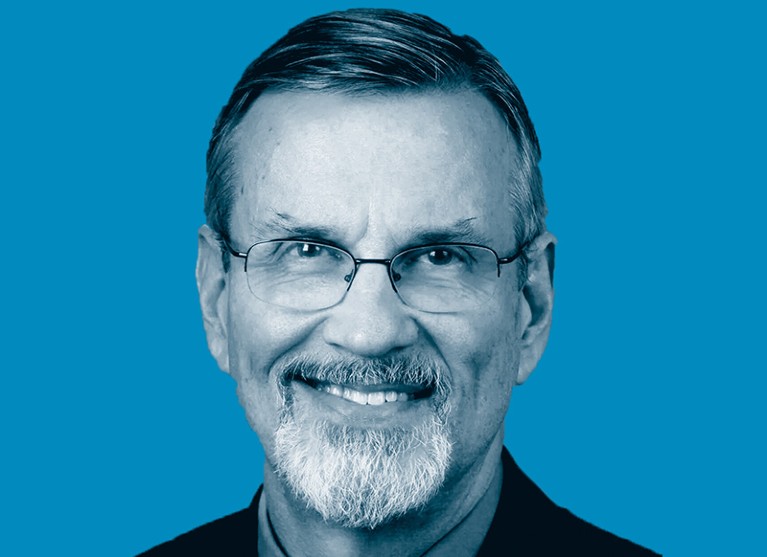
Credit: Morehouse School of Medicine
Hopefulness comes from a faith and belief that things have a way of evolving toward the good. The moral arc of the universe bends toward the good. But it may take a long time. Helping to diversify the public health workforce through creating more opportunities and knowledge for students is a multigenerational process.
Four African American students did almost all the bench work that was needed to get the Moderna COVID vaccine into that first phase 1 trial in March 2020. We’re very proud of them for getting that whole vaccine program launched.
We must change the narrative of what people can do and what they are able to do and start asking, Who gets to be trained? Who gets to have the knowledge? Who gets to make the decisions? Who gets to decide what to make and where it goes? All those decisions happen at some level of leadership. If you diversify that leadership, you will have a better, more balanced opinion about how things should be done. That’s how you start moving toward equity.
Aletha Maybank
Chief Health Equity Officer, American Medical Association
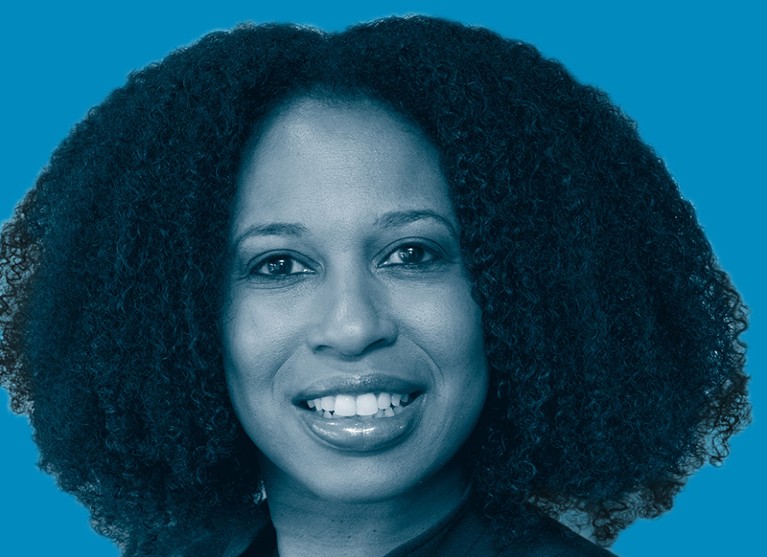
Credit: American Medical Association
It’s helpful looking at progress. The past four years, since the public murder of George Floyd, there is now the ability to mention racism where you couldn’t before. Prior to the public murder of George Floyd, folks would never have expected the AMA to make a statement about racism being a public health threat. And then the AMA’s House of Delegates passed a policy that really reaffirms ridding medicine of medical essentialism and ridding medicine of the use of race as a proxy for biology. That has been aligned with a movement around getting rid of racist algorithms, clinical algorithms. That would have never started without this national and collective movement to name racism and the exposure of inequities during COVID. That response and that collective response do provide hope.
